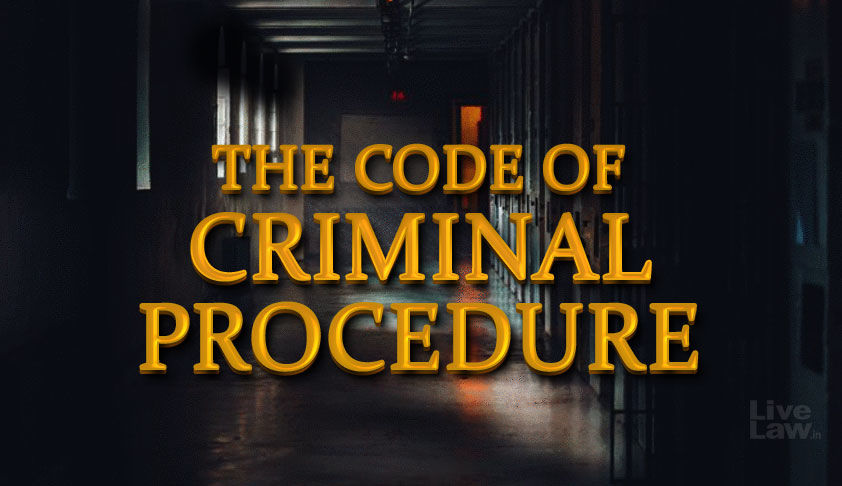Understanding Section 53A of the Code of Criminal Procedure: An Examination of its Provisions and Importance
Introduction
Section 53A of the Code of Criminal Procedure (CrPC) is a vital provision in the Indian legal system, playing a crucial role in investigations related to sexual offenses. It outlines the process for the medical examination of a person accused of rape, with the goal of obtaining evidence that may support or refute the charges. This article delves into the details of Section 53A, highlighting its implications, provisions, and significance through case studies and legal interpretations.

Provisions of Section 53A
The full text of Section 53A offers a comprehensive understanding of its provisions. When a person is arrested on charges of rape or attempted rape, and there are reasonable grounds to believe that a medical examination could provide pertinent evidence, the law authorizes a registered medical practitioner to conduct such an examination. This examination should be completed without delay, and the resulting report should detail:
- The name and address of the accused and of the person who brought him,
- The age of the accused,
- Any marks of injury on the accused,
- The description of material taken from the person of the accused for DNA profiling, and
- Other relevant details in reasonable detail.
The report must also note the precise time of commencement and completion of the examination. The practitioner is then obliged to forward the report to the investigating officer, who in turn sends it to the relevant magistrate as part of the required documentation for the case
The Importance of Chain of Custody and Compliance
The significance of Section 53A becomes apparent when we consider the term ‘chain of custody,’ which relates to the handling of evidence. According to guidelines for the collection, storage, and transportation of crime scene DNA samples, from the moment a sample is taken until its role in the investigation is complete, every individual handling said piece of evidence must be duly acknowledged in the documentation. This process ensures the integrity of the evidence and rules out any possibility of contamination or tampering
Application of Section 53A: A Case Study
A recent case in the Indian Supreme Court illuminates the importance of Section 53A and its correct application. In this case, the appellant was charged with multiple crimes, including rape and murder, and was sentenced to death by a Trial Court, a decision later affirmed by the Bombay High Court.
However, the Supreme Court noted several inconsistencies in the application of Section 53A during the investigation. The Court found that there was no clear record of who took the samples from the appellant, when these samples were taken, and why they were not sent all at once for analysis. Additionally, there was a lack of evidence to establish that the formalities of keeping the samples safe and secure were complied with.
Further, the single document indicating the medical examination of the appellant did not reveal which part of the body the samples were taken from. The doctor who conducted the examination did not testify to the correctness of the report, raising questions about the validity of the evidence. These gaps led the Court to conclude that the statutory requirements of Section 53A had not been met, leading to the overturning of the death sentence.
Conclusion
The provisions of Section 53A of the CrPC underscore the importance of due process and meticulous documentation in criminal investigations, particularly those concerning sexual offenses. The correct application of this section ensures the integrity of the evidence collected, thereby contributing to a fair and just legal process. The case discussed here emphasizes that any lapse in following these procedures can significantly impact the outcome of a case, even leading to the reversal of a conviction. Therefore, it is crucial for law enforcement agencies and medical practitioners to adhere to the guidelines set by Section 53A, maintaining the chain of custody and expediently conducting examinations to ensure justice.
Citations
- Section 53A of CrPC – Writing Law
- Supreme Court Overturns Death Sentence: Importance of ‘Chain of Custody’ And Compliance With Section 53A CrPC- Live Law
Written by, Parthvi Patel, United World School of Law









